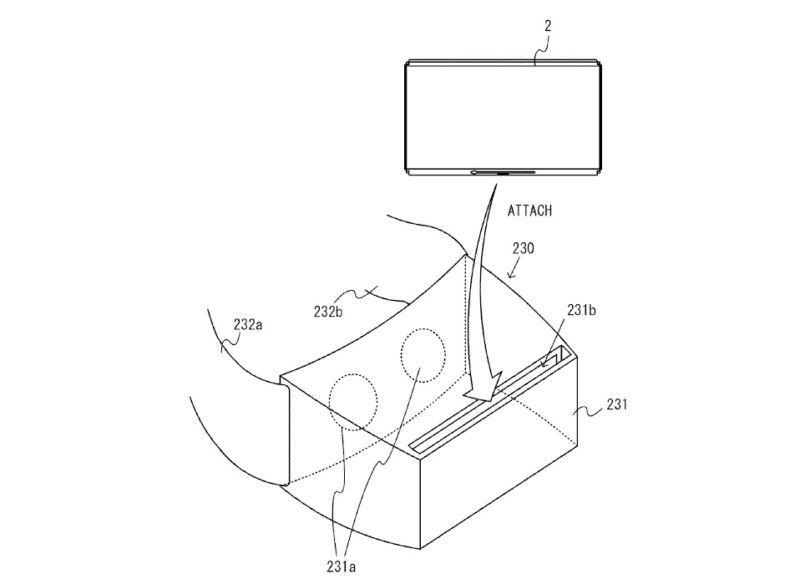[0551] (a) Setting for Limiting Processing Power of Main Unit 2
[0552] In the present embodiment, in the portable mode, the clock frequency range over which the CPU 81 is allowed to operate is limited. In the present embodiment, the clock frequency at which the CPU 81 is allowed to operate can be specified within a predetermined range by the program executed on the main unit 2. In the portable mode, the range over which a clock frequency can be specified by the program is limited as compared with that in the console mode. For example, the range over which a clock frequency can be specified in the console mode is X1 [Hz] or less, whereas it is limited to X2 (<X1) [Hz] in the portable mode. Note that if the main unit 2 includes a GPU (Graphics Processing Unit) in addition to a CPU, the range of processing power (i.e., clock frequency) may be limited for the CPU and/or for the GPU.
[0553] In the present embodiment, in the portable mode, the image rendering capacity (which can also be referred to as the image generating capacity) is limited. Specifically, in the portable mode, the resolution (in other words, the number of pixels) of images generated by the main unit 2 is lower than that in the console mode.
...
[0558] On the other hand, the console mode is a mode in which the information processing device 1 is used as a console-type device. In the console mode, images obtained or produced by the information processing device 1 are displayed on the TV 6. The sound obtained or produced by the information processing device 1 is output from the speaker of the TV 6. In the console mode, the function suppressions in the portable mode are lifted. That is, in the console mode, the limitations (a) and (b) described above are lifted. Therefore, in the console mode, a program running on the information processing device 1 can make better use of the processing power of the CPU 81. The information processing device 1 can display, on the TV 6, images of a higher resolution than in the portable mode. The information processing device 1 can be cooled by the cooling fan 96 more effectively than in the portable mode.

